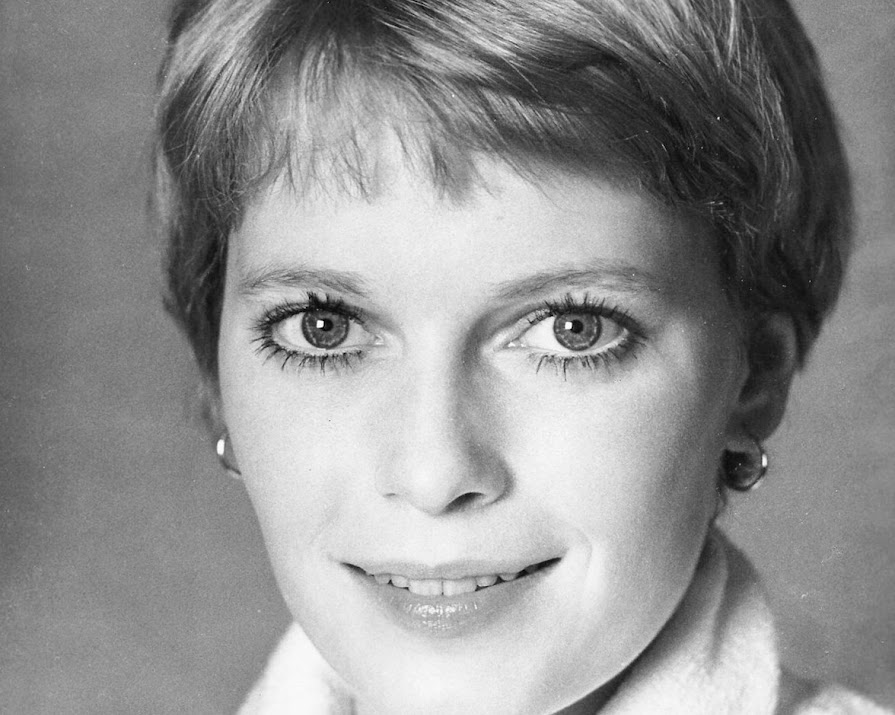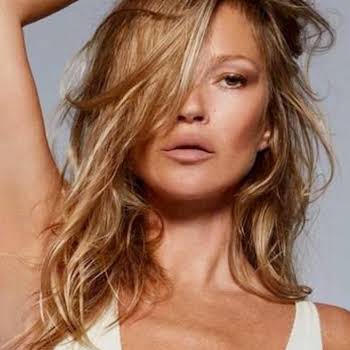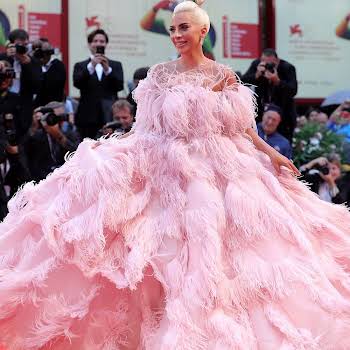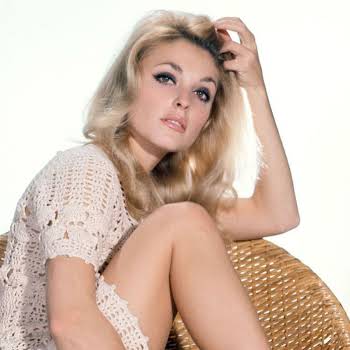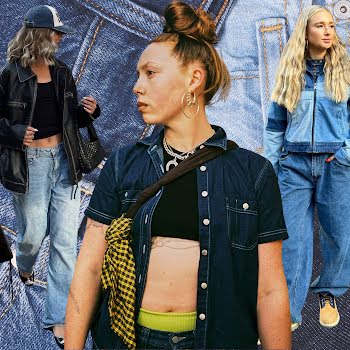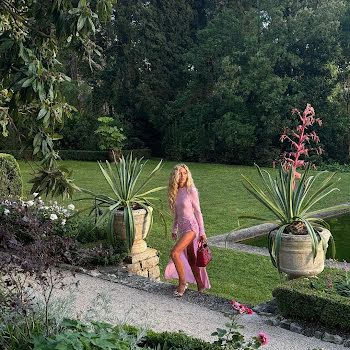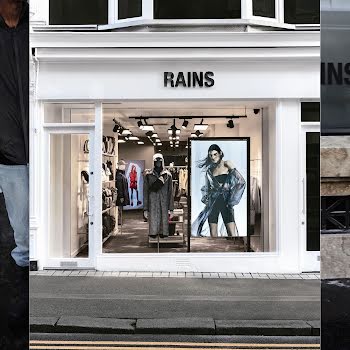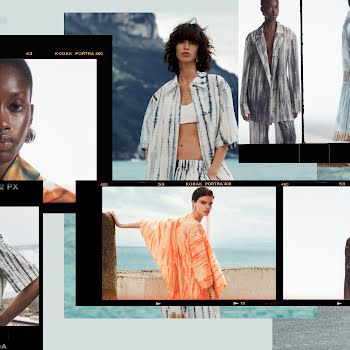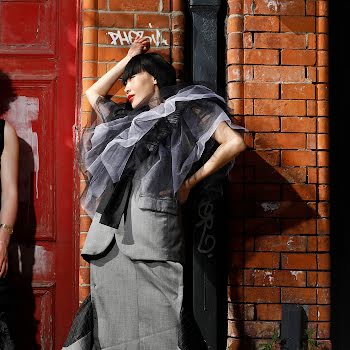
By Marie Kelly
21st Apr 2018
21st Apr 2018
If I was to try and imitate the style of any A-lister today, it would probably be actress Michelle Williams. Her pixie crop, petite features and streamlined style appeal to my boyish, unfussy nature. But really, my admiration of Williams is grounded in my love of that original elfin-like A-lister, Mia Farrow. Farrow in the sixties was the epitome of style, yet she was everything Hollywood stars hadn’t been up to that point. She wasn’t voluptuous or conventionally sexy, she didn’t rely on long, flowing locks to look feminine, and her freckled face and doe eyes suggested an innocence that directly contradicted the rebellious ethos of the swinging sixties.

Farrow’s fashion choices reflected the decade certainly – Peter Pan collars, coloured tights, A-line dresses – but more than any other star of that era, Farrow had a gamine appearance that made every shift dress and shoe look like it was made for her and her alone. Her foal-like limbs lent every outfit an elegance and gracefulness that cannot be learnt but was inherent to her. But despite the girlishness of her elfin look, she never appeared anything other than womanly. Her long shapely legs were unapologetically sexy and were a natural counterpoint to cutesy collars and high-neck blouses. This contradiction – the wide-eyed ingenue versus the leggy model – was part of Farrow’s appeal. She was an enigma.

When I look at Farrow in the above photograph, I can’t imagine her dressing or styling her hair in any other way. She suited so perfectly the persona she had created here. Yet in fewer than ten years, she reinvented herself as a seventies icon and appeared just as comfortable, and looked just as “on it”, in a plunging halter-neck sparkly dress with soft, face-framing curls. Like any true style icon, Farrow reinvented herself with ease, knowing when it was time to move on, sartorially speaking (Madonna could take a few notes …). There’s a softness to her features in the below image that perhaps wasn’t there before. Unlike actresses today, Farrow seems not to have felt the pressure to punish herself by trying to hang on to her androgynous frame and pixie features. Physically and sartorially she’s matured in the way most women dream of.

I think, for me, the star power of Farrow was her ability to effortlessly embody the style of any era. Starring in The Great Gatsby in 1974, she beautifully reimagined herself as the quintessential flapper girl. Could any other actress of that time have looked so at home swathed in the lavish embellishments and oversized feathery trims that characterised 1920s fashion? She looks just as at ease here as she she does in a stripped-back A-line dress. Despite being characterised as a sixties style icon, she was in fact a fashion chameleon.

Today, she looks effortless in simple black or striped T-shirts and effortless elbow-length curls. Her face looks enviably fresh. Has she had work done? I don’t know. I hope not. She may not be a fashion icon anymore, but she’s still a beauty icon.












